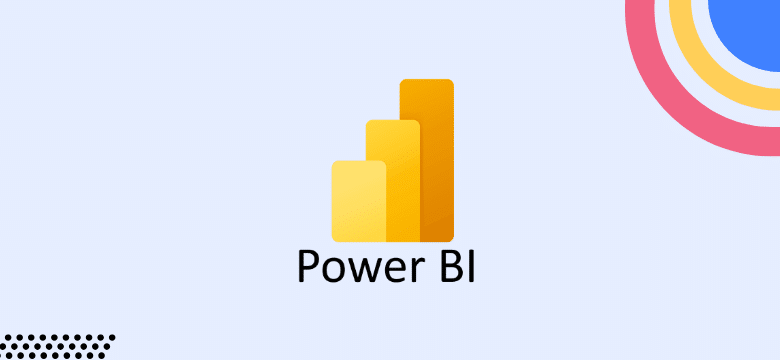In today’s rapidly evolving digital landscape, the Internet of Things (IoT) has emerged as a game-changer, connecting billions of devices and sensors to the internet and generating vast amounts of data. From smart homes and cities to industrial automation and healthcare, IoT systems are revolutionizing the way we live, work and interact with our surroundings. However, managing and analyzing the deluge of data generated by these interconnected devices poses significant challenges that organizations must address to unlock the full potential of IoT.
1. The Data Deluge: Challenges and Considerations
As IoT systems expand, they generate an unprecedented volume, variety and velocity of data, creating complexities that organizations must navigate effectively. Here are some key challenges with managing and analyzing IoT data:
- Volume: Generating data from numerous sensors and devices can be overwhelming, requiring robust storage and processing capabilities to handle the influx.
- Variety: IoT data can take various forms, ranging from structured sensor readings to unstructured data like video footage or audio recordings, necessitating versatile tools and techniques to process and analyze diverse data types.
- Velocity: Data streams in real-time or near real-time, demanding agile processing and analysis techniques to derive insights promptly and enable timely decision-making.
- Security and Privacy: As IoT devices collect and transmit sensitive data, ensuring robust security measures and adhering to data privacy regulations is crucial to protect against unauthorized access and breaches and maintain user trust.
Want to learn about IoT? Check this out 👉 A Beginner’s Guide to the Internet of Things (IoT)
2. Strategies for Effective Data Management
Effectively managing the influx of IoT data requires a strategic approach. Some key strategies include:
- Data filtering and prioritization: Rather than collecting and storing all data, organizations should identify and focus on collecting only the critical data for their specific needs, reducing storage and processing requirements.
- Data compression: Utilizing techniques like lossless or lossy compression can significantly reduce the size of data, thereby optimizing storage and transmission efficiency.
- Scalable infrastructure: Investing in cloud-based storage and processing solutions that can seamlessly scale as data volumes grow can provide the necessary flexibility and capacity to handle the ever-increasing data deluge.
3. Techniques for Data Analytics in IoT
Once the challenges of data management are solved, organizations can use powerful data analytics tools and techniques to extract valuable insights from IoT data:
- Real-time analytics: By analyzing data streams as they are generated, organizations can gain real-time insights and make informed decisions promptly, enabling proactive responses to emerging situations or patterns.
- Big data analytics: Advanced big data analytics tools and platforms, such as Apache Hadoop or Apache Spark, are designed to process and analyze vast datasets, uncovering hidden patterns, trends, and correlations that can drive strategic decision-making.
- Machine learning and artificial intelligence (AI): By leveraging machine learning algorithms and AI models, organizations can learn from historical IoT data, identify patterns, and generate predictive insights, enabling proactive maintenance, optimized resource allocation, and innovative product development.
Have a look at our IoT’s technology: IoT services
4. Building a Data-Driven Future with IoT
Effectively analyzing the wealth of data generated by IoT systems can unlock numerous benefits for organizations across various industries:
- Improved operational efficiency: Real-time insights from IoT data can help optimize processes, reduce waste, and streamline operations, leading to increased efficiency and cost savings.
- Enhanced decision-making: Data-driven decisions based on comprehensive analytics can guide better resource allocation, strategic planning, and risk mitigation, driving overall business success.
- Predictive maintenance: By analyzing sensor data and identifying patterns indicative of potential equipment failures, organizations can implement predictive maintenance strategies, reducing downtime and extending the lifespan of valuable assets.
- Development of innovative products and services: The insights derived from IoT data can guide the creation of new, customer-centric products and services, fostering innovation and competitive advantage.
Learn more about the benefits: Benefits and Applications of Internet of Things (IoT)
5. Security and Privacy Considerations in the Data Age
As organizations embrace the power of IoT data, it is imperative to address security and privacy considerations proactively:
- Robust security measures: Implementing robust security protocols, encryption techniques, and access controls is crucial to protect sensitive data from unauthorized access, breaches, and cyberattacks.
- Transparency and user trust: Organizations should be transparent about their data collection and usage practices, clearly communicating how user data is handled and safeguarded, thereby building trust and fostering user confidence.
- Regulatory compliance: Adherence to relevant data privacy regulations, such as the California Consumer Privacy Act (CCPA), is essential to ensure compliance and avoid potential legal and financial consequences.
6. Conclusion
The growth of IoT systems has marked a new era of data-driven insights and opportunities. However, effectively managing and analyzing the vast amounts of data generated by these interconnected devices is a critical challenge that organizations must address. By implementing robust data management strategies, leveraging advanced analytics techniques, and prioritizing data security and privacy, organizations can unlock the full potential of IoT data, driving operational excellence, informed decision-making, and innovative product development.
If you’re looking to harness the power of IoT data and gain a competitive edge, consider partnering with ITC Group. Our team of experts specializes in IoT system implementation, data management, and advanced analytics solutions tailored to your specific needs. Contact us today to explore how we can help you navigate the complexities of IoT data and transform your organization into a data-driven powerhouse!








